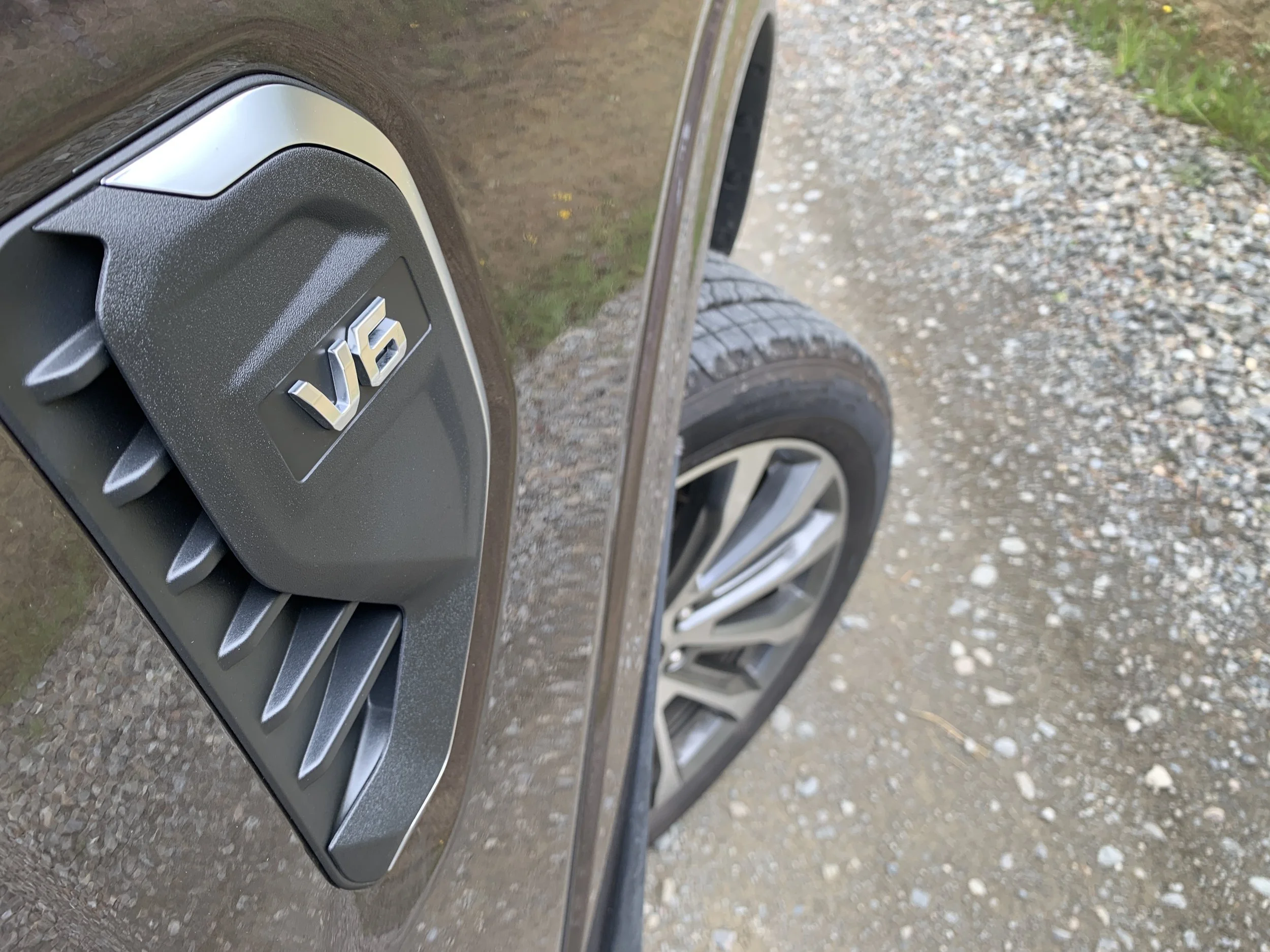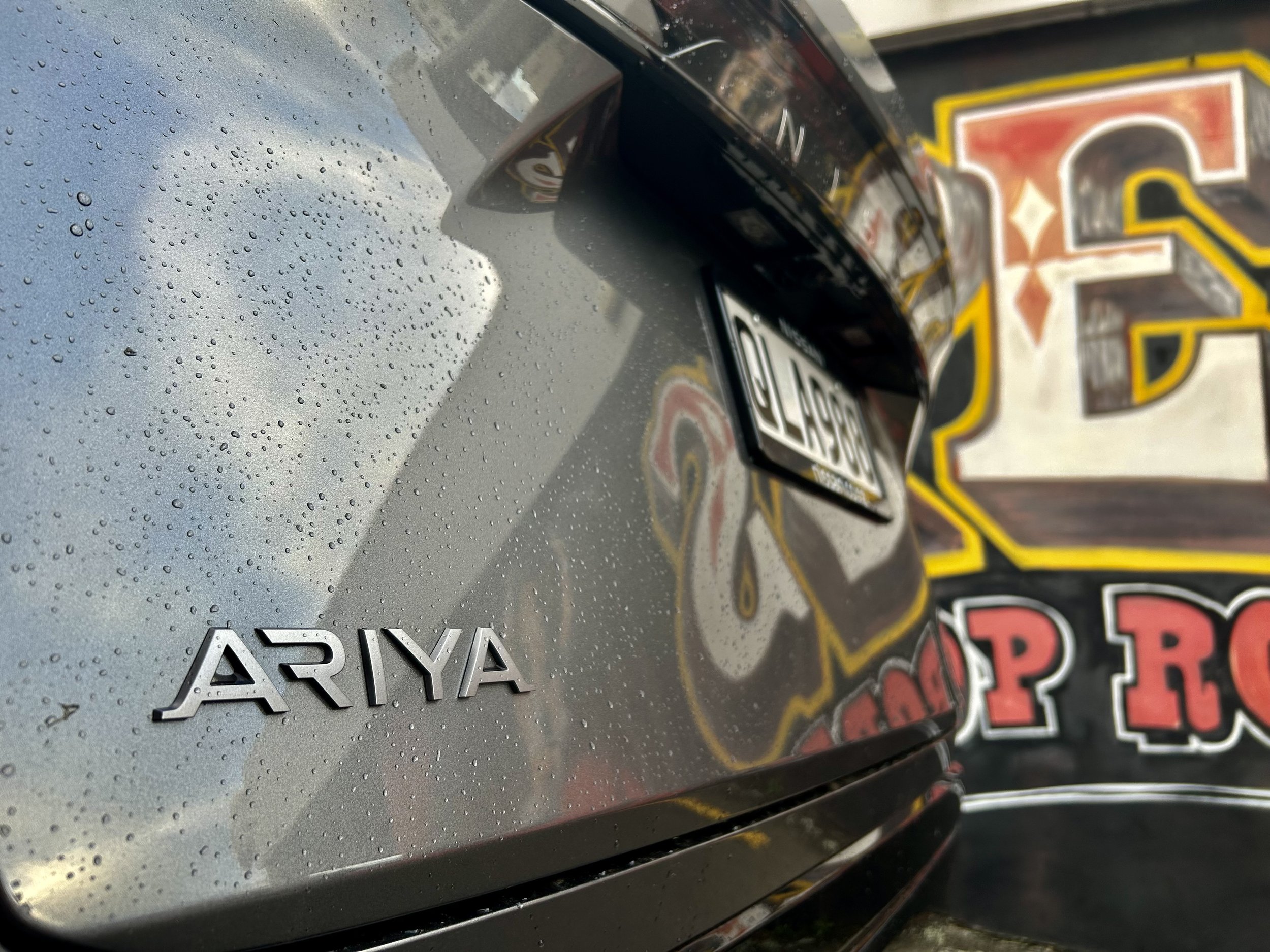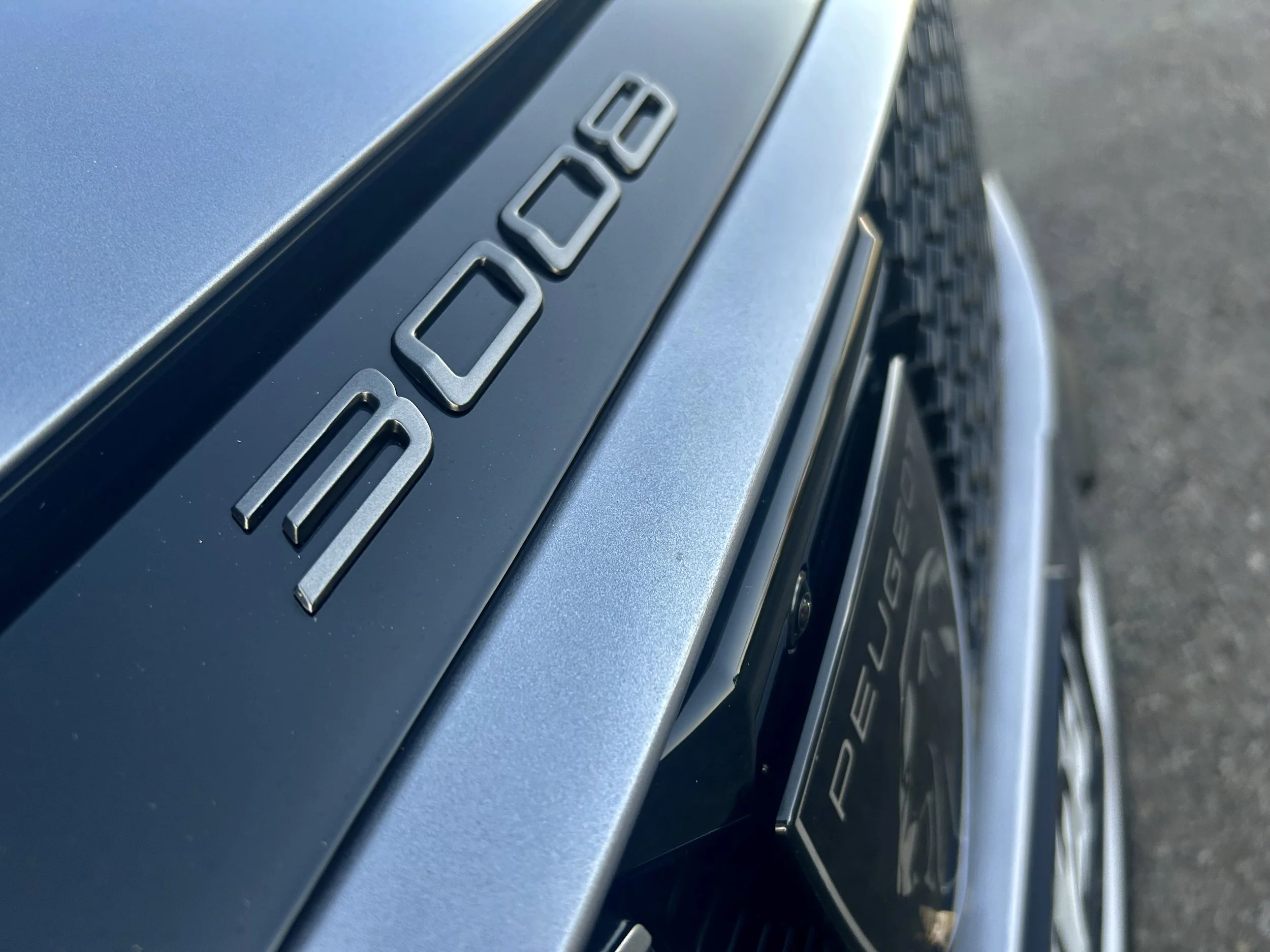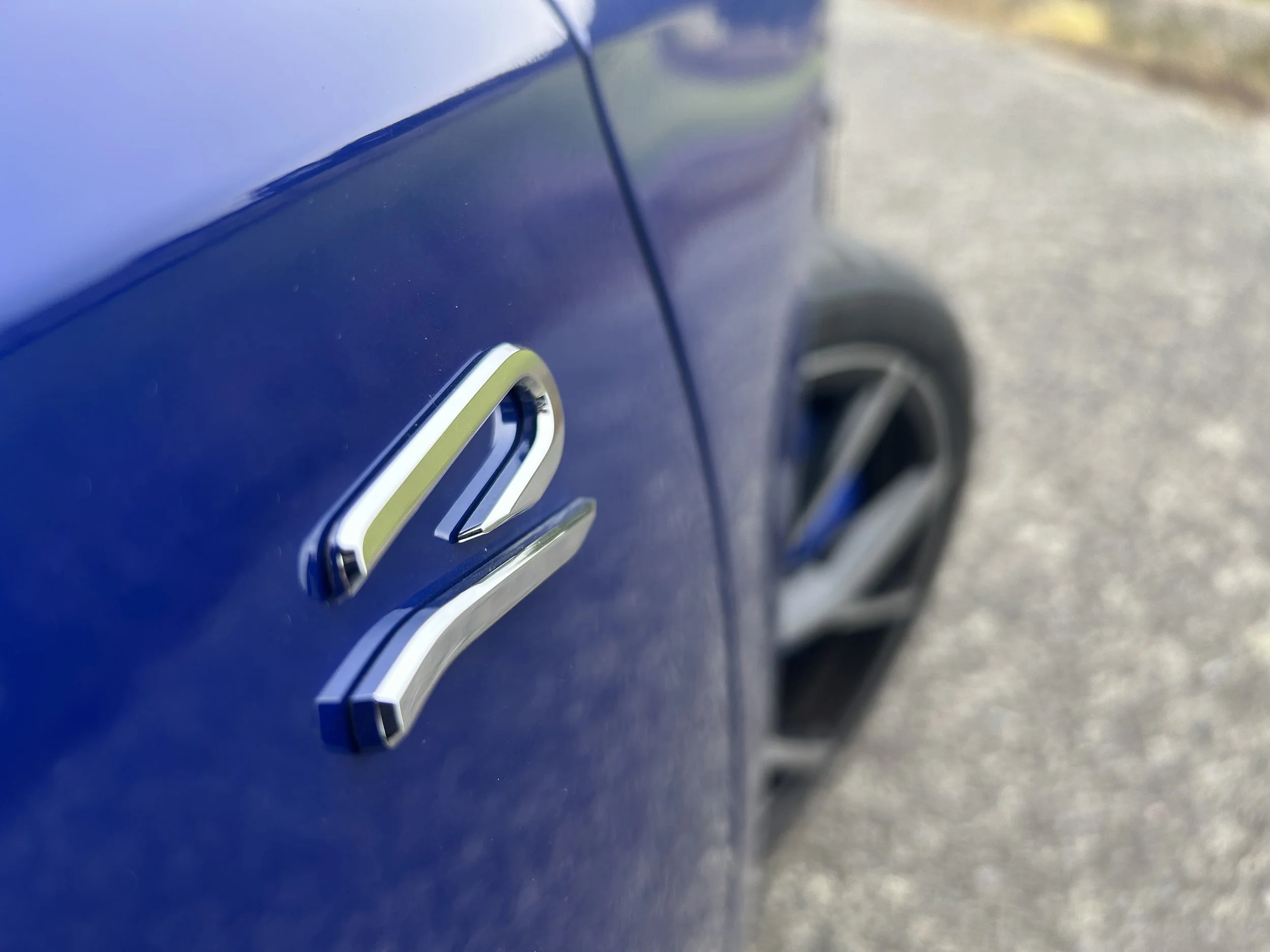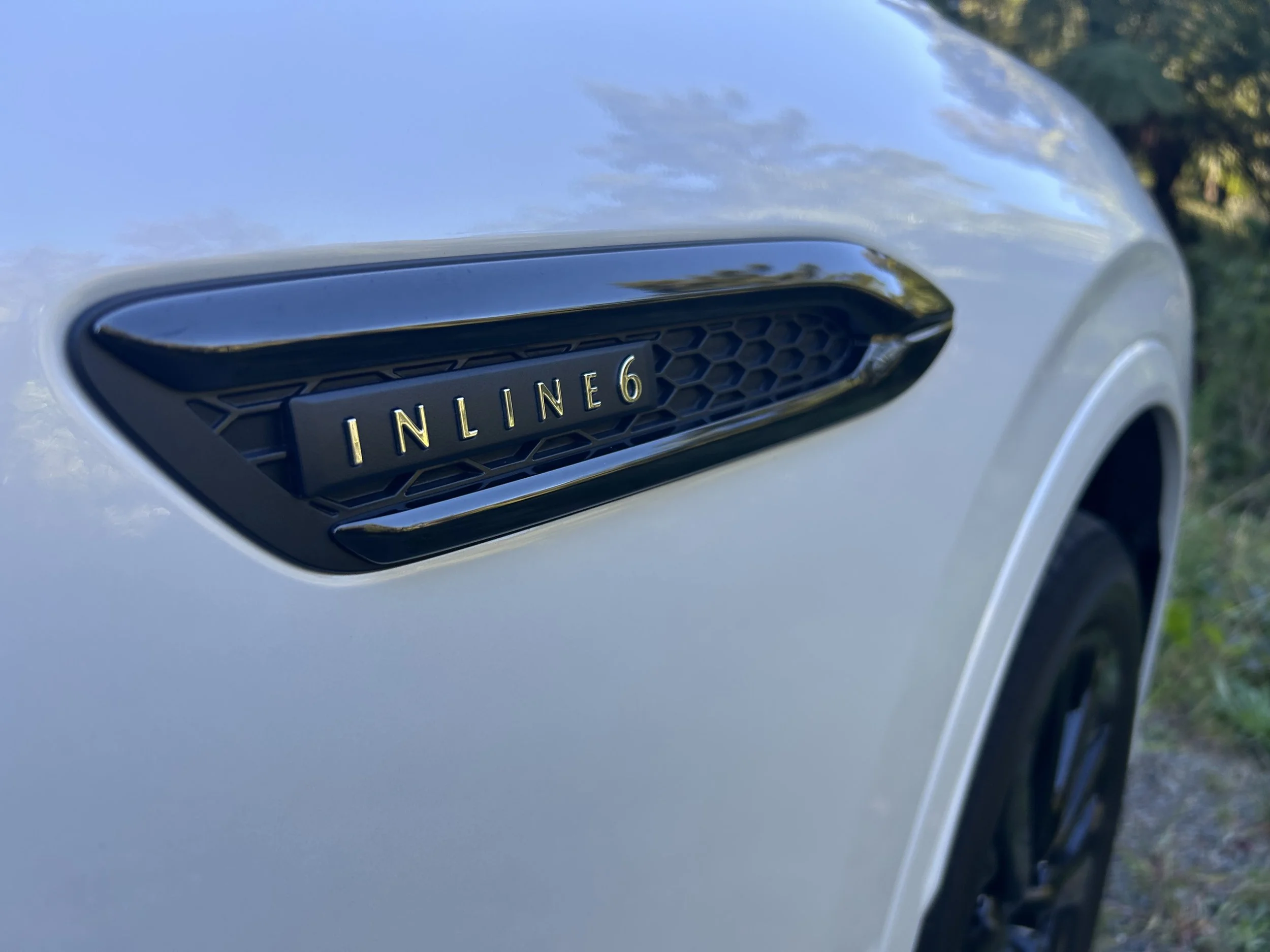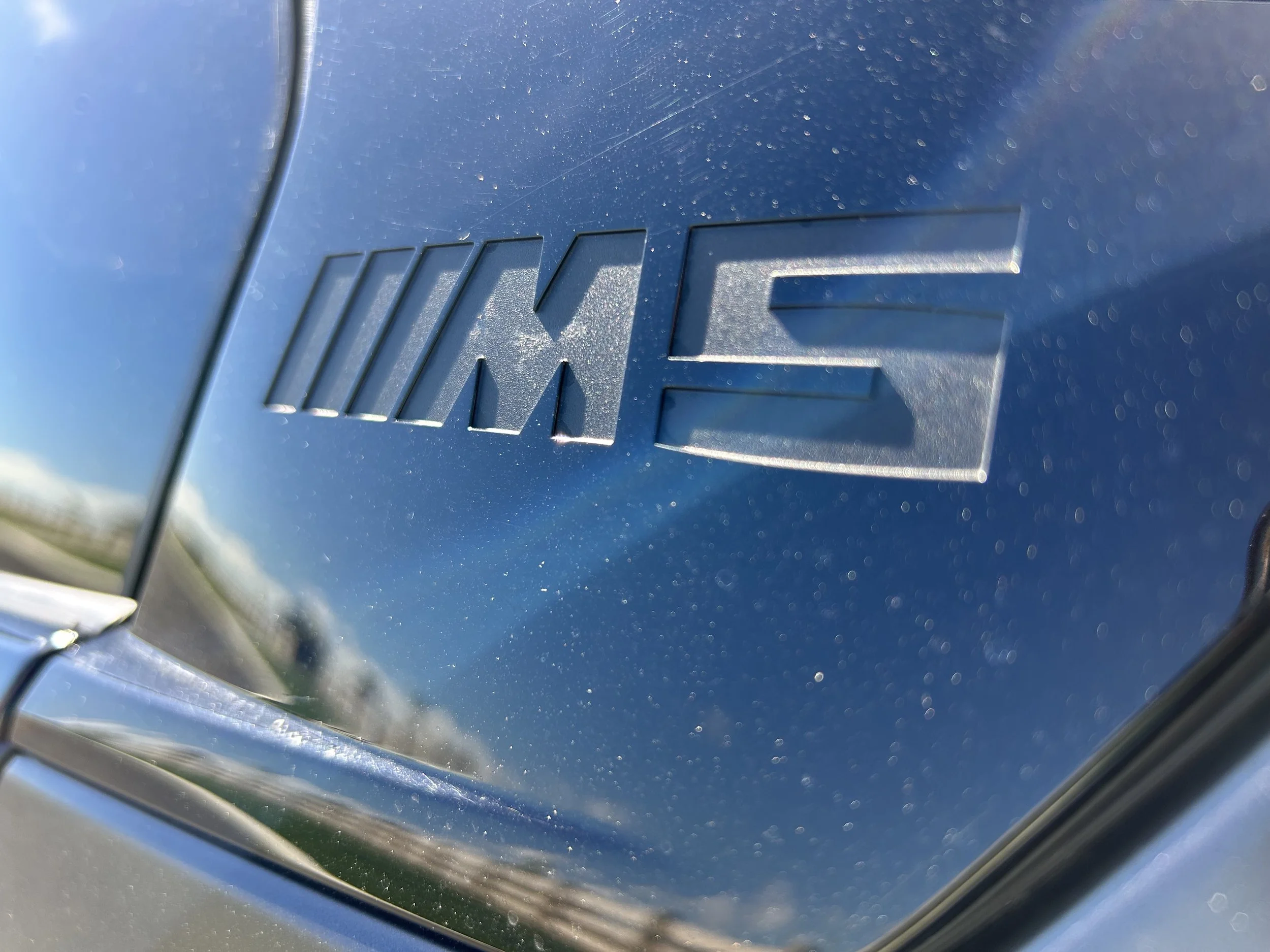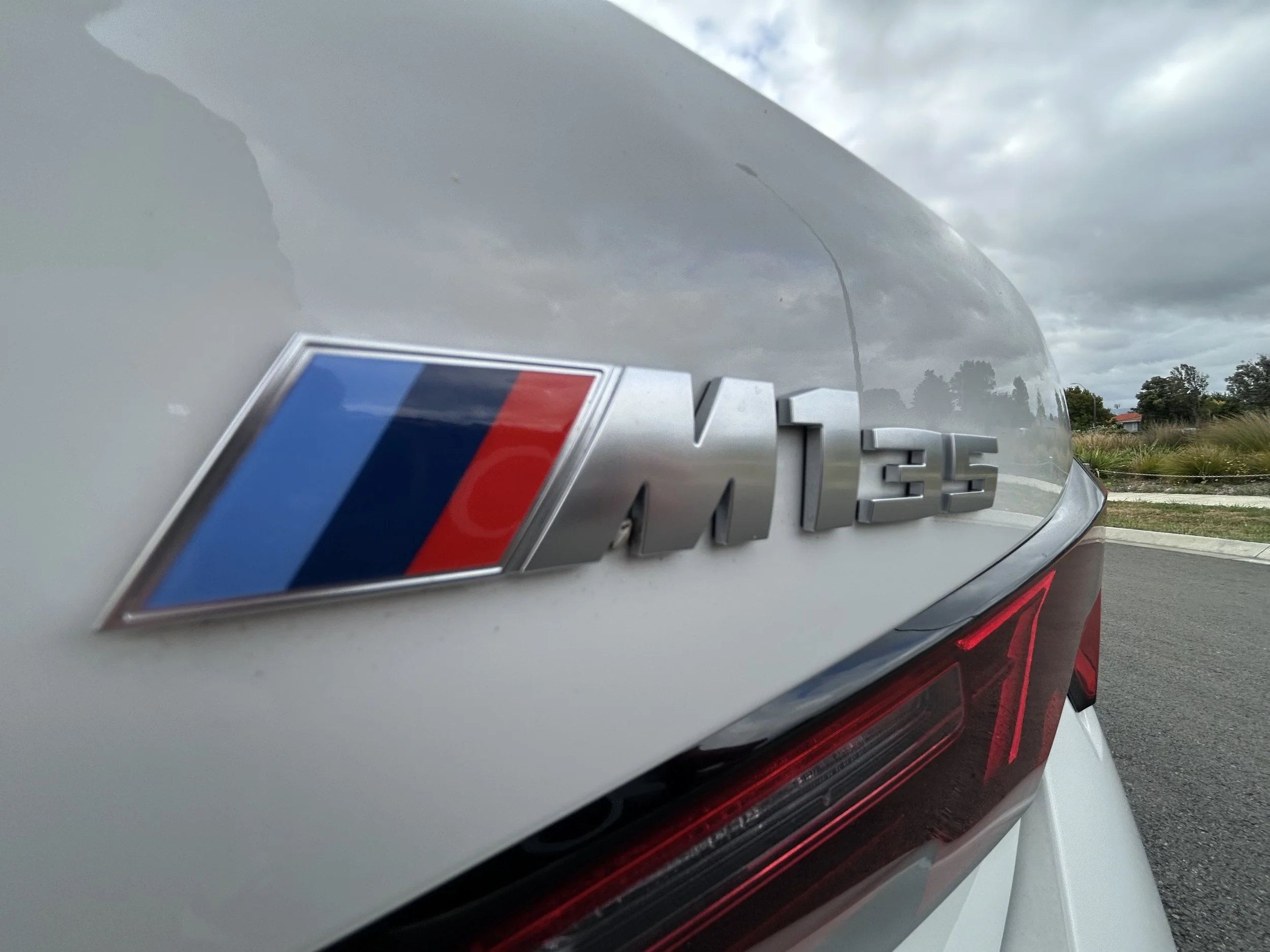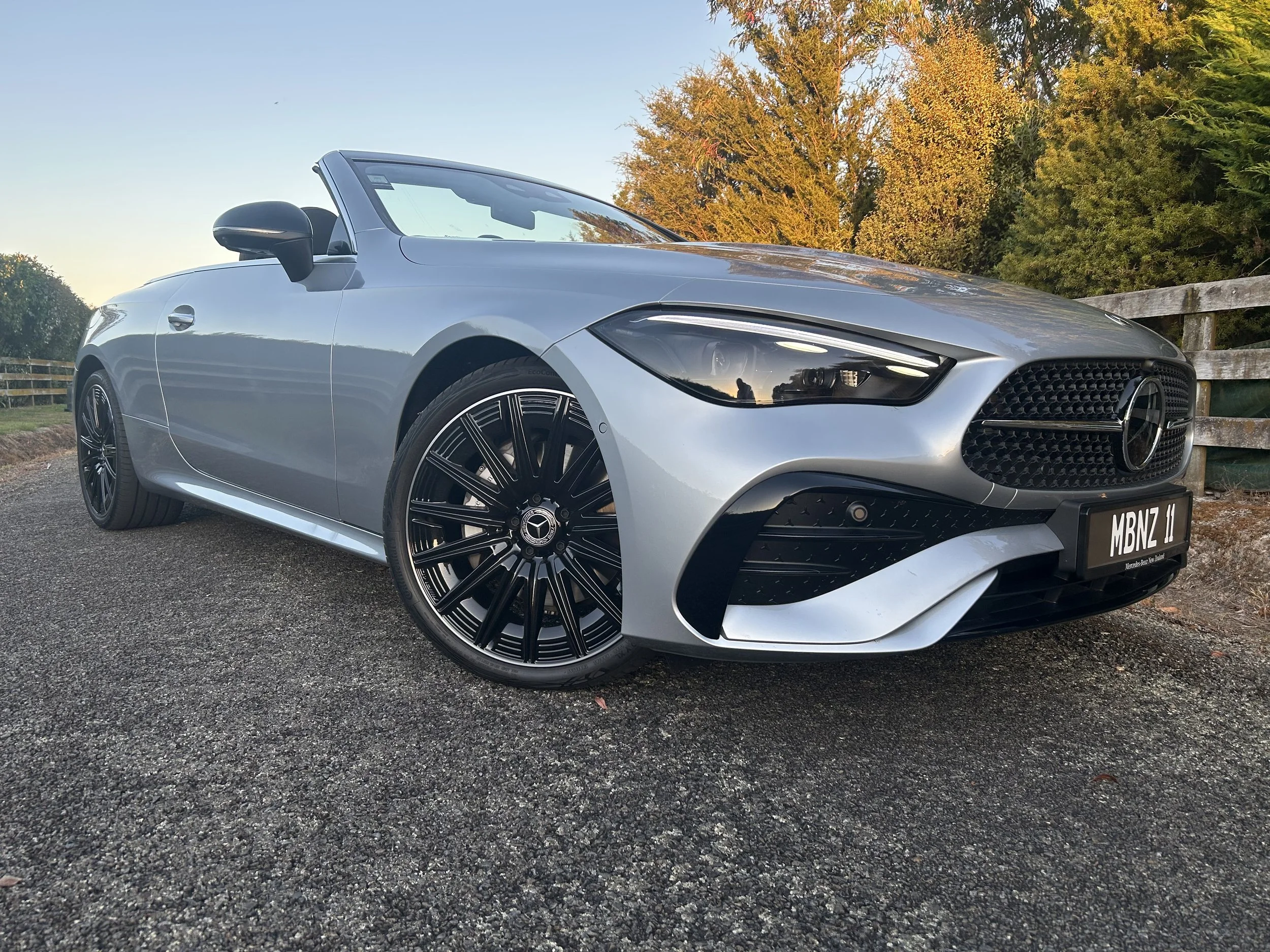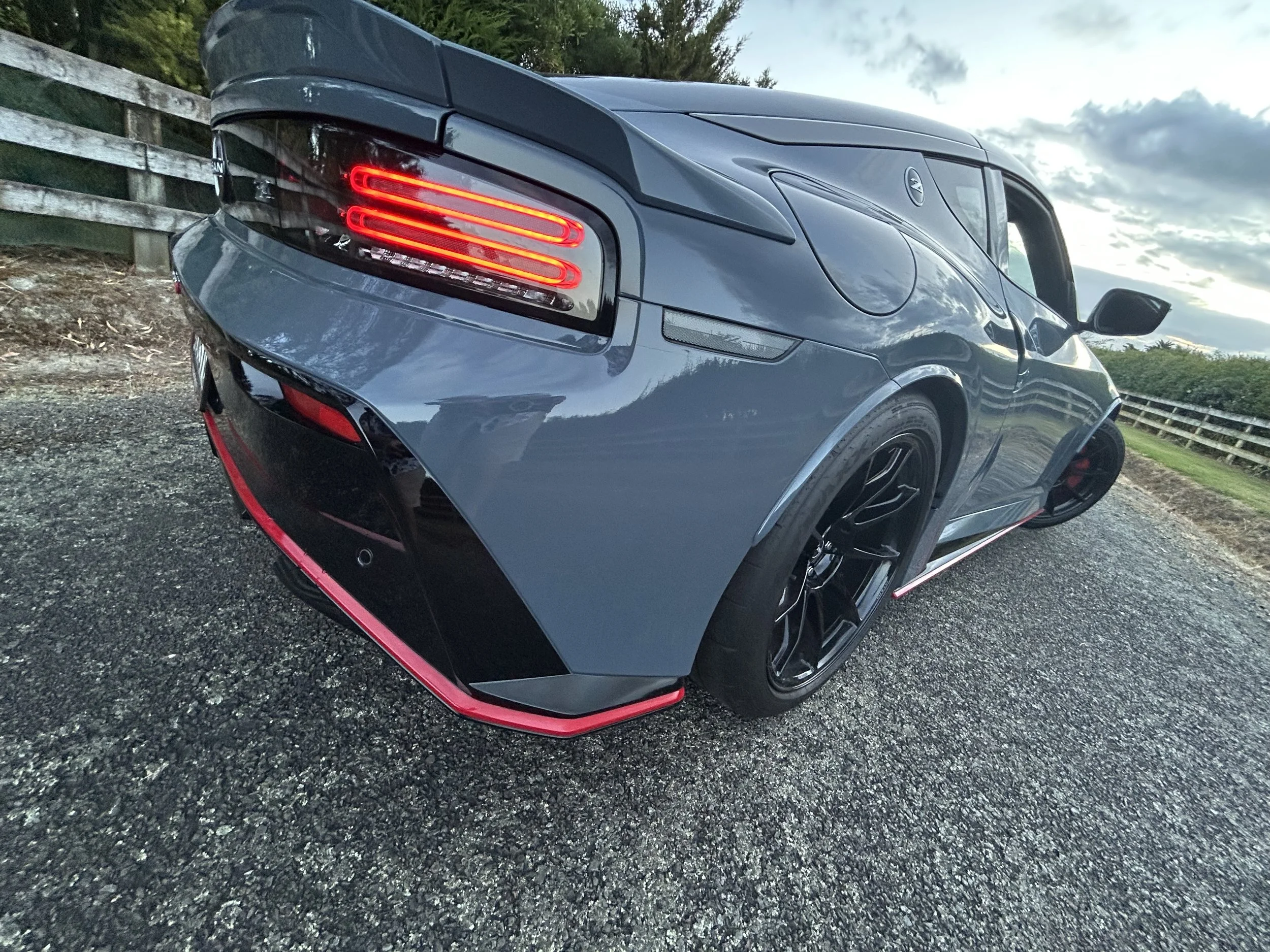Electric dreams - and memories - at Kombi congregation
/Inclusion of ID.Buzz at the upcoming VW Nationals might raise memory of a rare factory forebear.
MEETING the newest with the olds will be a feature of a celebration of Volkswagen in Blenheim at Easter, with inclusion of an ID.Buzz - the impending next electric for New Zealand that takes styling cues from the original Kombi dating back to 1950.
The involvement of the brand’s modern take on its iconic van at the Volkswagen Nationals might trigger cognoscenti into recalling when VW first entertained electric power for its popular van. That was when the model was still in its original format.
In 1972 VW produced an electric prototype of the T2 ‘Kombi’, Officially called the T2 Elecktro Transporter, the model featured a 21.6kWh lead acid battery providing around 85 kilometres range.
The brainchild of then Head of the Future Research Department, Adolf Karlberlah, came about as a joint development between VW, Bosch, battery manufacturer Varta and German energy supplier RWE.
A single DC motor fitted at the rear of what started life as a regular T2 Transporter was good for 16kW. Top speed was around 70kmh. One reason for that was weight - the battery alone accounted for 850kg, so more than a contemporary VW Beetle, and all up it was a 2.2 tonne vehicle.
The only place the battery could live was on the loading floor, but that had a positive, in that it could be easily removed and replaced, prompting Volkswagen to conduct a trial in 1978.
A fleet of seven electric T2s ran in Berlin, with engineers on hand to remove the depleted battery and replace it with a fully charged one, a five minute job. With no rapid chargers at the time, the battery would have taken around 10 hours to recharge using a regular household socket.
These testbeds had energy recuperation, which harnessed the kinetic energy generated under brakes and used it to add some charge. It was ground-breaking stuff for the time.
The T2 Elektro Transporter actually went into limited production. VW built around 120 Transporters with various body styles over a period of several years and sold them to the public with a ‘zero litres per 100 kilometres!’ advertising slogan.
There’s no likelihood if seeing that version at the National, but plenty of other Kombis of all ages will be at the event, which kicks off on April 18 and disbands on April 21.
Promotional material says the nationals “will explore the Kombi’s legacy as one of the world’s most recognisable and beloved vehicles, while also offering a glimpse into the future of Volkswagen’s electric mobility.”
It reminds the Kombi was first introduced in 1950 and quickly became a symbol of road trips, surf culture, and automotive innovation. Over the years, it’s been restored, collected, and celebrated by enthusiasts around the world. In New Zealand it remains a cherished classic.
“With Kombis from all over the country making their way to Blenheim for the event, this reunion offers a moment for the motoring community to reflect on the history and future of this iconic vehicle.”
ID. Buzz introduction will finally play out in June, as a rich picking.
A sticker strategy announced last month establishes the battery-fed bus not only as the priciest electric VW here, but also the second-most expensive VW on the NZ order books, topped only by the $166,990 Touareg R PHEV.
A single choice Buzz Cargo that seats two and is for commercial users is the budget buy, yet still lands at $114,990.
The family-minded Pro - brand-speak for ‘people mover’ - configurations also aim high, the least expensive starting from $129,990.
That buys a standard (NWB in VW-speak) 4712mm wheelbase that nominally provisions as five-seater but can be factory ordered in a configuration that’ll accept an extra person. That enhancement adds $2400 to the sticker.
Next up are $139,990 Pro and $149,990 GTX configurations on a longer (4932mm, ‘LWB’) wheelbase with an extra seating row, taking occupancy to seven.
Buzz sites above the recommended retails for the most obvious all-electric alternate for passenger use, Kia’s EV9, which also seats seven and spans three trims. It has reinstated at original RRPs, of $105,990 to $134,990, having briefly been heavily discounted last year.
The Cargo is more expensive that logical rivals such as the Mercedes e-Vito in its panel van format, which is a $101,500 front drive with 85kW/360Nm and 259kms’ range, and Ford’s 198kW/430Nm 250km max E-Transit Cargo, that’s $111,990 in high roof spec.
The cheapest Pro is all but line ball with the passenger-suited eVito Tourer, which has a 90kWh battery and 421km range, and well above the LDV Mifa 9.
The less expensive of the long wheelbase Buzz choices has the same 210kW/560Nm single motor, rear drive configuration as the Cargo and base Pro, with WLTP test assessed ranges of between 382 and 403 kilometres.
The GTX flagship is a sportier looking and sportier driving take that only came into being around this time last year.
It wasn’t even on the radar when VW NZ Commercials division first aired hoped to secure the Buzz, back in 2022.
With a GTX in play, buyers get to enjoy a 250kW/679Nm all-wheel-drive performance vibe well beyond anything after market tuners, let alone the factory, provided with the original Type 2 vans from the ‘50s and ‘60s.
The GTX has a 86kWh battery, a range of 396km and will nail 0-100kmh in 6.4 seconds is a 1.5s advantage over the other variants and brisk for a van. Cachet of it having more grunt than a Golf R and being only bettered by the Touareg R for brute oomph is an undeniable talking point.







